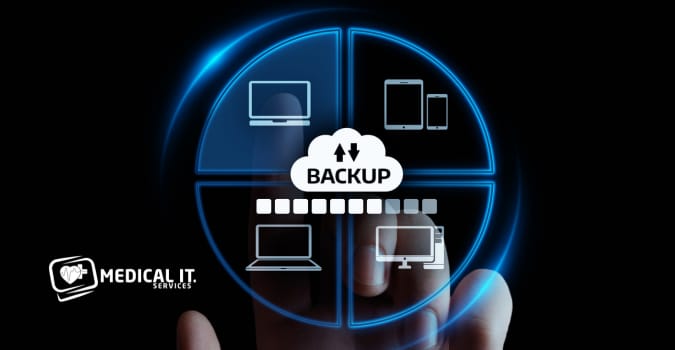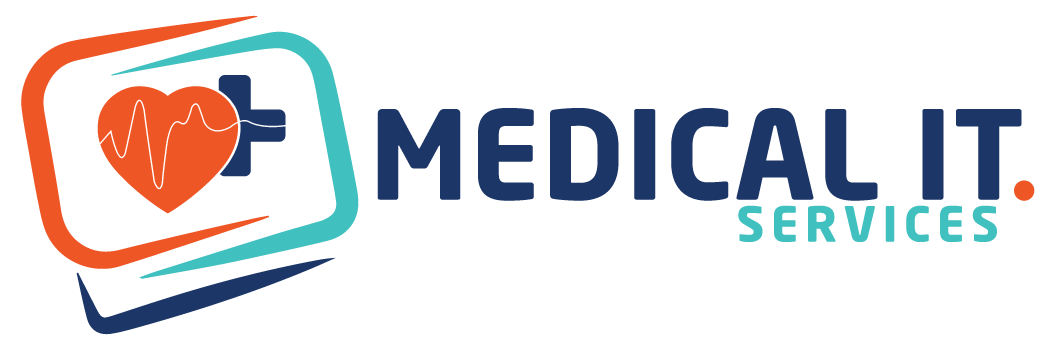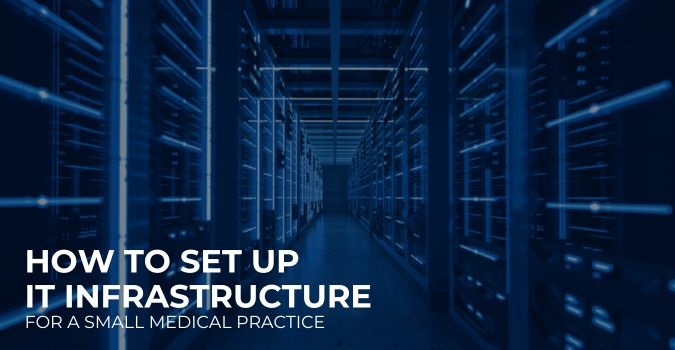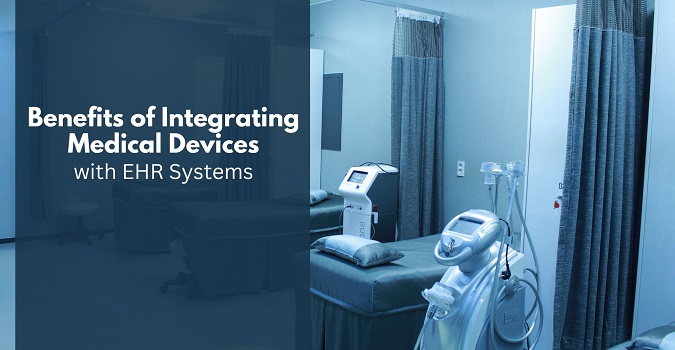A well-functioning IT infrastructure is the backbone of any successful medical practice. It ensures smooth…

Best Practices for Healthcare Data Backup and Recovery
Healthcare providers handle vast amounts of critical information that must be protected from various threats, including cyberattacks, natural disasters, and system failures. To ensure uninterrupted care delivery and compliance with regulations, implementing best practices for healthcare data backup and recovery is essential. In this article, we will discuss how Cloud-based Disaster Recovery can effectively protect and recover healthcare data, ensuring its availability and integrity in the face of potential disasters.
The Importance of Data Backup in Healthcare
Healthcare data is highly sensitive, containing confidential patient records, medical histories, test results, and more. Any loss or breach of this data can have severe consequences for patients’ privacy and trust in the healthcare system. Therefore, implementing a comprehensive data backup strategy is crucial to mitigate risks and maintain trust.
Understanding Best Practices for Healthcare Data Backup:
Efficient data backup practices are essential for preserving healthcare information integrity. Adhering to industry best practices ensures data availability, minimizes downtime, and facilitates quick recovery in the event of a disaster. Key elements of effective healthcare data backup include:
a) Regular and Automated Backups: Implementing a regular backup schedule, preferably automated, helps ensure that critical data is captured consistently. Automated backups minimize the risk of human error and ensure data is protected without requiring manual intervention.
b) Multiple Backup Locations: Storing backups in multiple locations mitigates the risk of data loss. Utilizing both onsite and offsite backup solutions provides redundancy and protects against local disasters or system failures.
c) Secure Backup Storage: Encryption is vital for healthcare data backup. Encrypting backups helps protect patient privacy and ensures compliance with regulations such as the Health Insurance Portability and Accountability Act (HIPAA). Employing strong encryption protocols safeguards data during transmission and storage.
Related Story:
How to Mitigate Risks and Protect Patient Data
Tailoring Backup Strategies for Healthcare Data:
Healthcare data presents unique challenges due to its sensitive nature and criticality for patient care. Here are some specific considerations for healthcare organizations:
a) Granular Data Backups: Healthcare data consists of various components, including patient records, medical images, and administrative information. Implementing granular backup solutions allows for selective restoration of specific data elements, reducing recovery time and minimizing disruption to operations.
b) Testing and Verification: Regularly testing backup systems is crucial to ensure their effectiveness. Simulated recovery scenarios enable IT teams to validate the integrity of backups, verify data accessibility, and identify potential vulnerabilities or gaps in the recovery process.
c) Data Retention Policies: Define appropriate retention periods for healthcare data backups based on regulatory requirements and business needs. Implementing a well-defined data retention policy ensures compliance, optimizes storage utilization, and streamlines recovery processes.
IT Disaster Recovery Planning:
An effective IT disaster recovery plan is a critical component of healthcare data protection. It outlines the steps to be taken during and after a disruptive event to restore critical systems and data. Key considerations include:
a) Business Impact Analysis (BIA): Conducting a comprehensive BIA helps identify critical systems and prioritize their recovery. Understanding the potential impact of a system outage enables healthcare organizations to allocate resources efficiently and develop appropriate recovery strategies.
b) Redundancy and Failover: Implementing redundant systems and failover mechanisms ensures the availability of healthcare applications and minimizes downtime. Employing technologies like virtualization, clustering, and load balancing helps maintain uninterrupted access to critical patient information.
c) Documented Recovery Procedures: Develop detailed recovery procedures that outline step-by-step instructions for restoring systems and data. These procedures should be regularly updated and shared with relevant stakeholders to ensure a swift and coordinated response during a crisis.
Conclusion:
Healthcare organizations must prioritize data backup and recovery to protect patient information and ensure the continuity of care. Adhering to best practices, implementing robust backup strategies, and having a well-defined IT disaster recovery plan are essential components of a comprehensive data protection strategy. By outsourcing MedicalIT.Services, healthcare providers can minimize the risk of data loss, and safeguard critical information for the benefit of patients and the organization as a whole.
Also Read:



